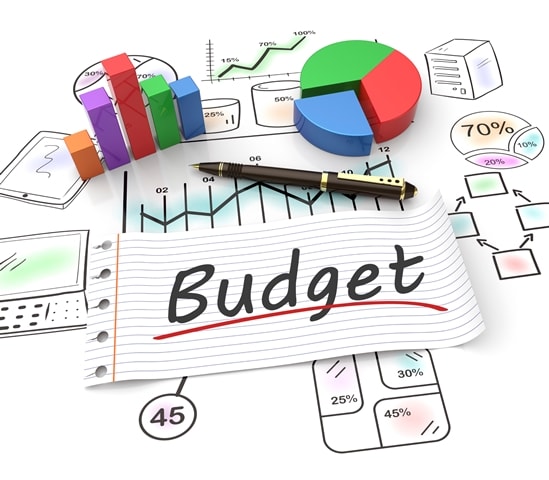Elements of the Income Statement

Elements of the Income Statement
In this post, we are going to learn about the elements of the income statement. First of all, we should know what is income and what is an expense? We also call income statement as a profit and loss statement. To learn about the income statement, every student should have some knowledge about the elements of the income statement, through this they can recognize the transactions happening in the basis and can easily recognize those transactions which belong to the Income statement.
An Income is;
- increases in economic benefits during the accounting period;
- in the form of inflows or enhancements of assets (normally debtors or cash);
- or decreases in liabilities; and
- that result in increases in equity other than those relating to contributions from equity participants.
Income can be divided into revenue, i.e. income that arises in the normal course of
business activities that are referred to by a variety of different names, such as sales, fees,
interest, dividends, royalties and rent, and gains, i.e. other items that meet the
requirements of the definition of income and may, or may not, arise in the course of the
ordinary activities of an entity.
Since gains also represent increases in economic benefits, they are no different from
revenue and are therefore not regarded as being a separate element of financial
statements. A surplus on the disposal of non-current assets, for example, will be described as a gain.
Unrealised gains, such as those arising on the valuation of marketable securities and
those resulting from increases in the carrying amount of long-term assets are also income, but their possible inclusion in the income statement is dependent on the approach is taken in respect of capital maintenance (refer to section 8.4). Gains are usually disclosed separately in the income statement or notes thereto in order to facilitate the making of economic decisions.
They are often reported after deduction (net) of related expenses. The receipt of income may lead to the enhancement of various kinds of assets, such as cash, receivables, and goods and services received in exchange for goods and services supplied. The settlement of liabilities may also lead to income, for example where goods and services are provided to a lender to settle an outstanding loan.

An expense is;
- decreases in economic benefits during the accounting period;
- in the form of outflows or depletion of assets;
- or incurrences of liabilities (normally trade creditors); and
- that result in decreases in equity other than those relating to distributions to equity
participants.
Expenses include losses as well as those expenses that arise in the course of the ordinary
activities of the entity. Examples of the latter include the cost of sales, wages, and
depreciation and they usually result in an outflow or depletion of assets such as cash and cash equivalents, inventories, property, plant, and equipment. Losses also meet the definition of expenses and may, or may not, arise in the course of the ordinary activities of the entity. Since they represent decreases in economic benefits, they are no different from other expenses and are, therefore, not regarded as being a separate element of the financial statements.
Examples of losses are those resulting from disasters such as fire and flood, as well as those arising from the disposal of non-current assets. Losses may also be unrealized, for example, those arising from changing foreign currency exchange rates. Losses are usually disclosed separately in the income statement or notes thereto in order to facilitate the making of economic decisions. They are often reported net of related income.







Howdy! Do you use Twitter? I’d like to follow you if that would be okay.
I’m undoubtedly enjoying your blog and look forward to new
updates.
Thanks for informing us.